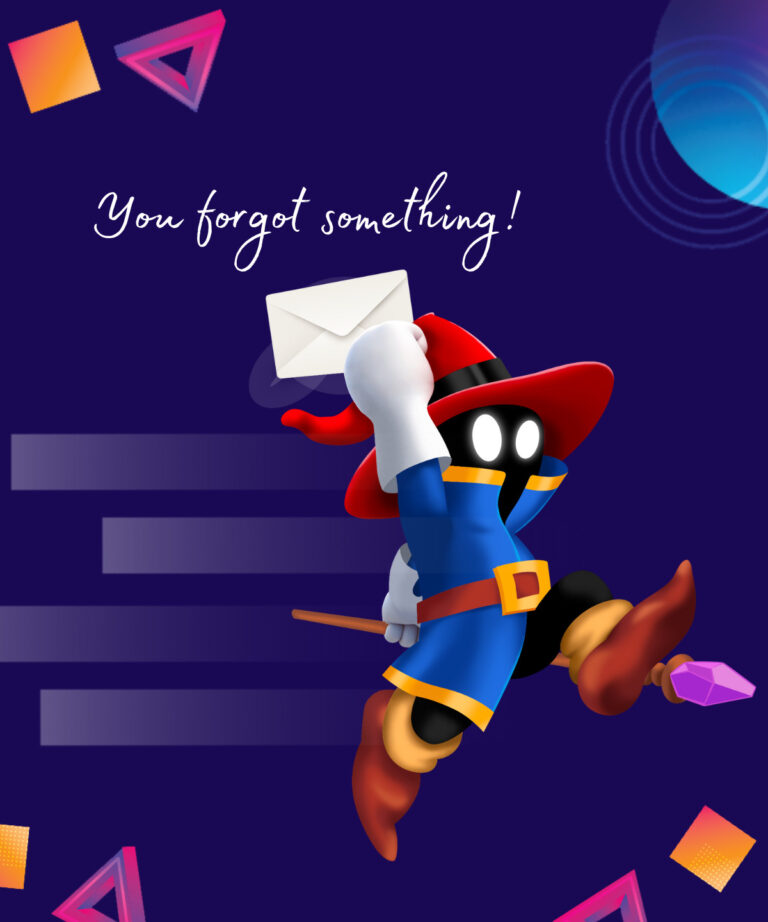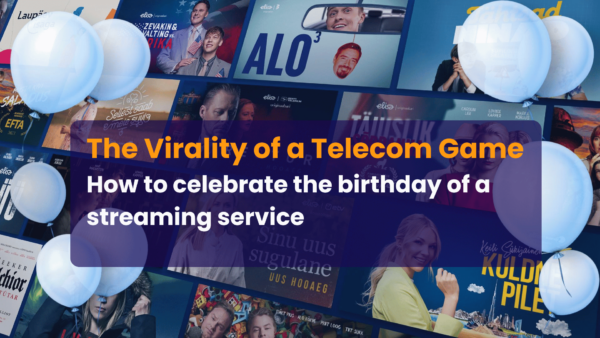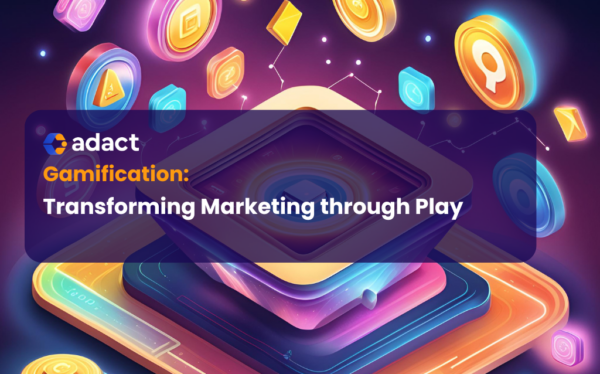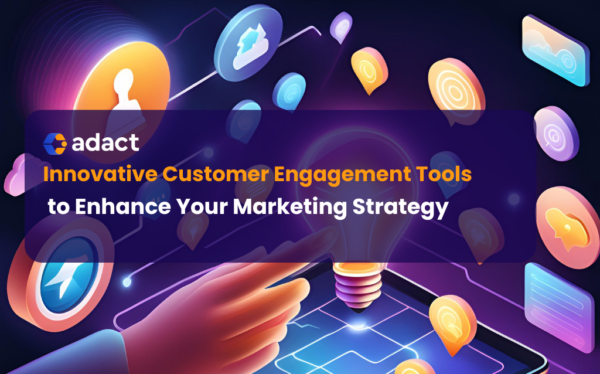If you ask people what they know about gamified marketing, you often don’t get an immediate answer. This is probably because, on an international level, the concept of gamified marketing is fairly new. It started gaining popularity just in 2015. So what is it really about?
The concept of gamification marketing explained
Gamified marketing is a strategy that adds game-like elements to marketing campaigns to increase customer engagement and motivation. The psychology of gamification is based on people’s natural motivation to engage in enjoyable, challenging activities that bring out emotions – regardless of age.
Related content: Unicorn of Modern Marketing
Gamified marketing campaigns often include reward systems such as points, badges, or prizes that motivate customers to consume more brand content and help increase purchase intent. By creating a fun and interactive experience for your customers, their satisfaction and loyalty will also increase. Many companies use interactive solutions when it comes to creating customer loyalty. This means that the player can collect various points or tokens to be used later in real life.
When it comes to creating gamification marketing campaigns, imagination is really the only limit. Who wouldn’t know famous games like Candy Crush or Jeopardy? Or the Bubble Shooter, which became famous in the 90s? Now imagine that instead of spending months of work and a lot of money to create a similar custom game, you can do it in a day. You could replace Candy Crush candies with yoghurts, flavoured water bottles, running shoes or anything else that represents your company’s products. Jeopardy questions may be focused on introducing the company, sharing information or testing customers’ knowledge. Wheel of Fortune slots represents a discount code or some other special prize.
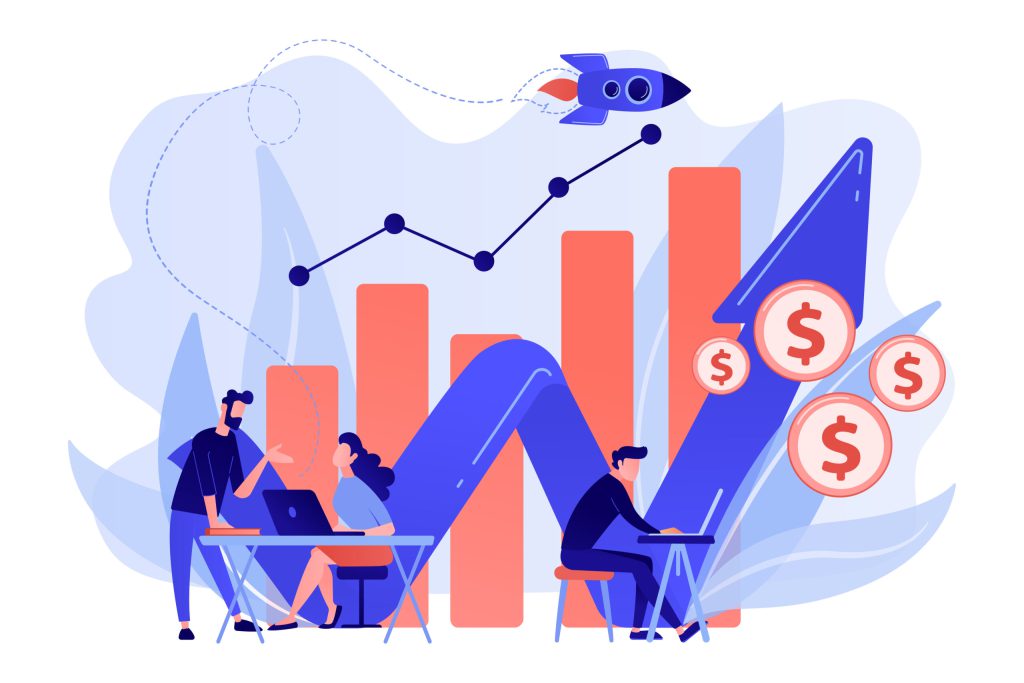
Gaming Demographics: Time to Rethink Marketing Strategies
Let’s take a well-known electronics company’s campaign as an example: in two weeks, 140,500 games were played by 6,400 players, which means that one person was engaged with the company’s content 22 times! Another metric worth mentioning is the customer’s engagement time with the brand’s content. For example, the length of one game of the Euronics Estonia campaign was 1 minute, and on average each player played the campaign game 16.2 times. That makes the brand engagement time a whopping 16.2 minutes!
Related content: Euronics’ Candy Crush – a game that engaged customers for over 15minutes, how?
Who is the target group of such campaigns? Contrary to popular belief, games and innovative solutions are not just appealing to teenagers. Adact’s founders report that a majority of players are women aged 27-42. A study by the US Entertainment Software Association found that the average gamer is 33 years old, indicating that companies can effectively use interactive campaigns without worrying about a lack of engagement from their target audience. To maximize the impact of their marketing efforts, companies should incorporate playful elements while considering both the preferences and characteristics of their target audience.
How to get started with gamification marketing?
There’s never been a better time to start your first gamification marketing campaign. All you need is an idea of which game you want to create. To help you choose the perfect game type, our team of Customer Success managers are ready to help you. With their support, you’ll be able to quickly turn those first players into loyal fans. So book a meeting with Adact to start your gamification marketing journey!
Book a Demo
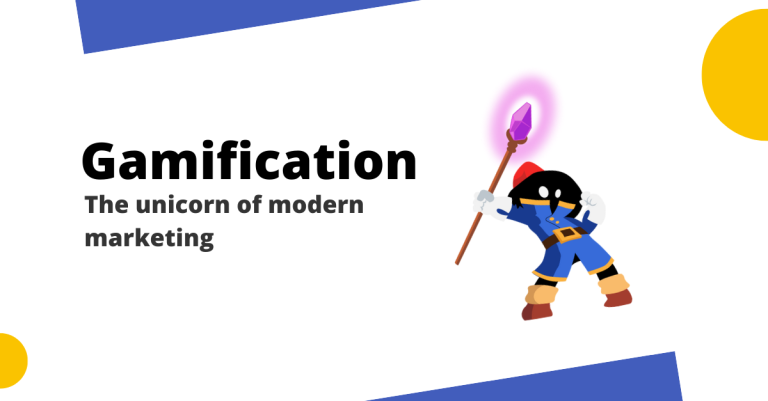
The unicorn of modern marketing – Gamification marketing
There are thousands of companies worldwide and everyone is doing at least some marketing. May it be digital, print, selling merch, television, radio or anything
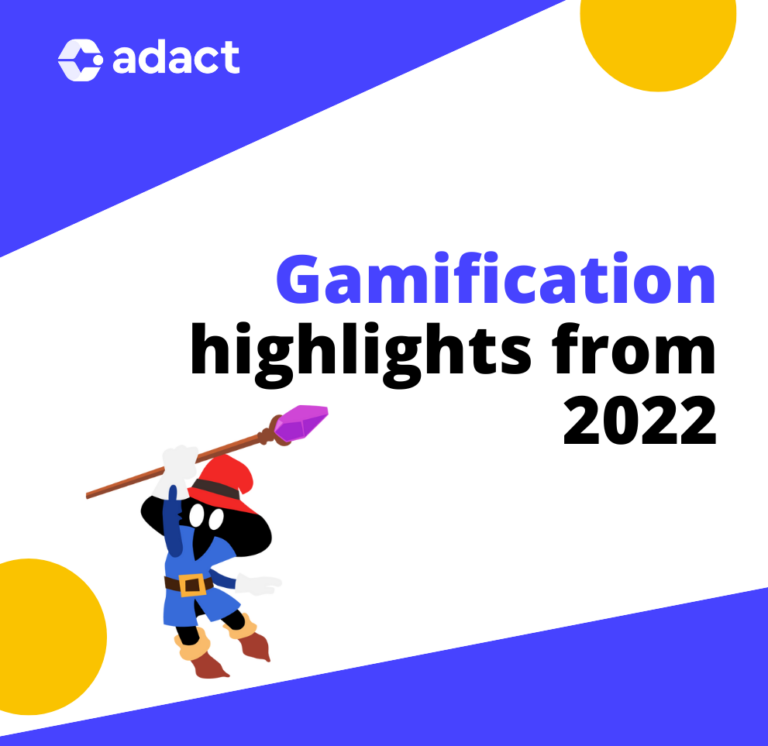
Gamification Marketing Highlights: Successful Case Studies
2022 was a year full of amazing gamification campaigns, and companies across different industries. From e-commerce and wholesale stores to HR, companies used gamification to achieve different objectives and met their goals. In this article, we will highlight some of the most intriguing and effective campaigns from the past year, and take a closer look at what made them successful.
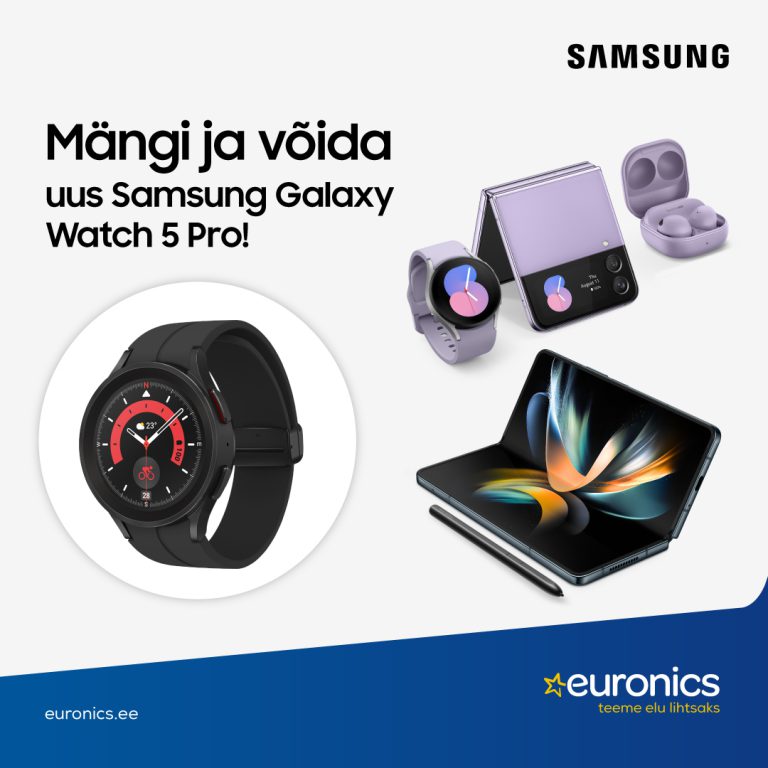
How Euronics Estonia engaged its customers with gamification
Who says marketing has to be boring? Certainly not the team at Euronics Estonia, who came up with a creative and fun way to engage

